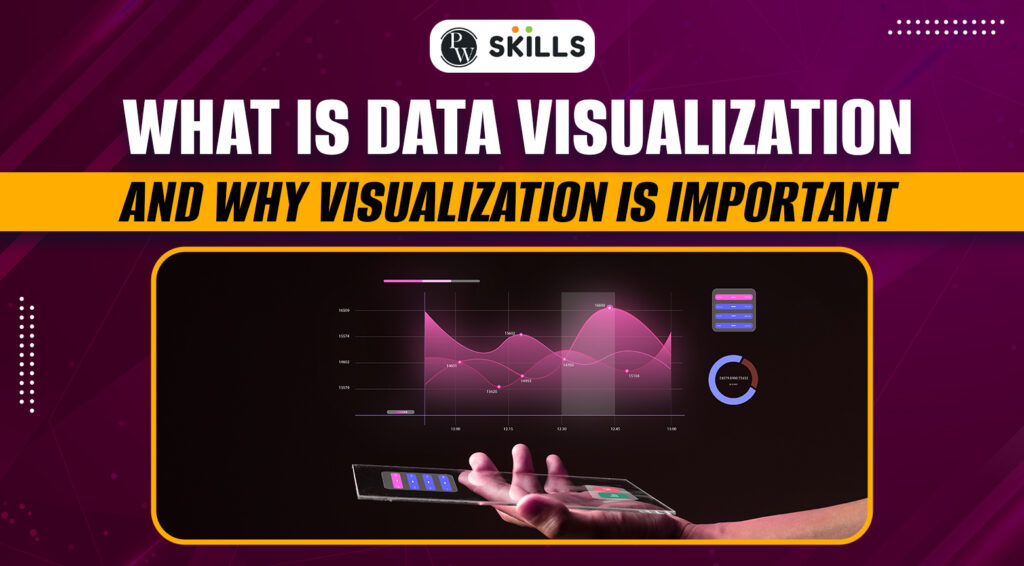The Best Data And Analytics Courses For Beginners
Unlock the world of data and analytics courses with our guide! Whether you’re looking to boost your career or curious about learning data analytics, these courses will help you get started with ease and confidence.










